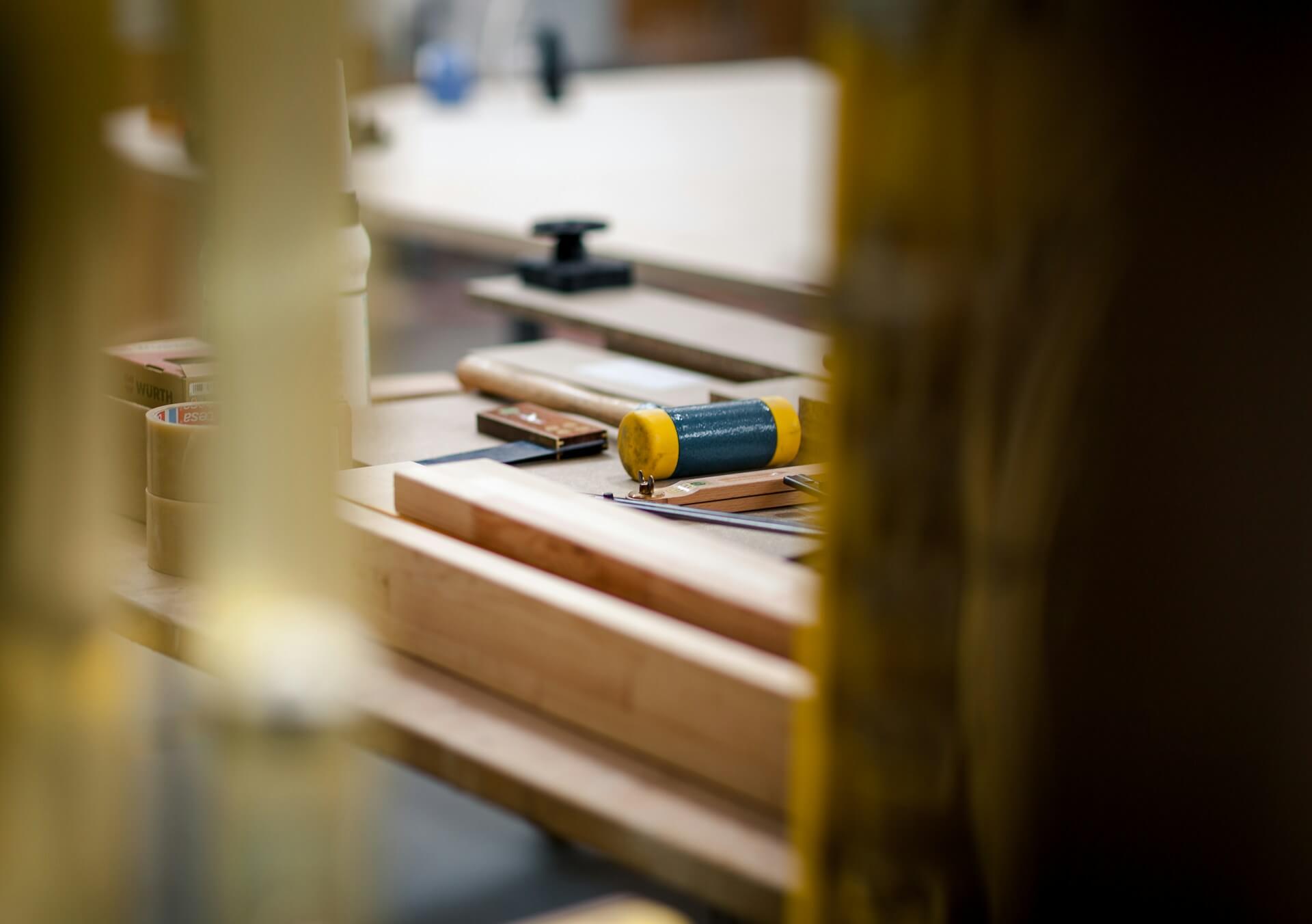
Mastering the Art of Flawless Finishing: A Comprehensive Guide for Novices and Experts Alike!
- Herminia Baker
- April 25, 2024
- Uncategorized
- 0 Comments
Crafting the perfect finish is a goal that’s shared by artisans of all backgrounds and experience levels. Whether you’re a homeowner trying to restore an antique dresser, or a professional painter seeking a pristine sheen on your latest project, the artistry, and technique of creating a flawless finish is a craft that demands focus and dedication. Luckily, with the right tools and knowledge, anyone can achieve the perfect finish. Whether you’re shopping for the perfect finishing brush or picking up some expert tips from ARPShop there’s no shortage of resources to help you hone your skills and achieve the results you’re after. So why not leap and start on the road to mastering this challenging yet rewarding craft? With a little perseverance, you’ll be producing top-notch finishes in no time.
The Importance of Proper Finishing
Before we plunge into the techniques that define a polished outcome, it’s key to understand why this step is foundational to any project. Proper finishing serves both aesthetic and functional purposes, from enhancing the beauty of a product to protecting it from the elements, wear and tear, and time’s brazen touch.
Aesthetic Appeal
The aesthetic payoff of a well-executed finish is undeniable. It’s what draws the eye, commands attention, and bestows a sense of value. Think of the luxurious depth of a well-oiled hardwood floor or the silky smoothness of a stain on a handcrafted dining table.
Durability and Protection
A finish is a shield that guards against the onslaught of daily usage. It defends surfaces from moisture, UV rays, and scratches, extending the lifespan of any work. In outdoor applications, such as wooden fences or deckings, a durable finish is a line of defense against the weather.
Tools of the Trade
Before we venture into the various techniques, it’s crucial to acquaint ourselves with the tools that assist in the mastery of a good finish. A good tool, in the hands of a skilled craftsperson, can make the difference between a good job and a great one.
Brushes and Rollers
Always opt for high-quality brushes and rollers designed for the specific type of material you’ll be working with. Good brushes can hold more paint, offering increased coverage and a smoother application.
Sanders
For woodworking and certain painting projects, sanders are indispensable for preparing surfaces. From belt sanders to orbital sanders, each variant serves a different purpose and substrate.
Surface Preparation Tools
Tools like putty knives, caulking guns, and scrapers are vital for preparing surfaces, ensuring a smooth and even base to apply your finish.
Types of Finishes and Their Applications
Finishing comes in an array of forms, each suitable for different materials and textures. Understanding the options at your disposal allows you to make informed choices for your specific project.
Oil and Wax Finishes
Natural oil and wax finishes are ideal for wood surfaces, as they penetrate the wood to bring out its natural patina. They’re easy to apply and repair, making them a favorite among purists.
Varnishes and Shellacs
These are clear protective finishes for wood and other materials, typically applied over stains. Varnishes offer a glossy or satin finish, while shellacs impart a warm, amber tone.
Paints and Stains
They come in a myriad of colors and formulations suited for various surfaces. They not only add a splash of color but also serve to protect and preserve.
Lacquers
Quick-drying and often found in spray form, lacquers are a versatile finish, best applied in a controlled and well-ventilated setting.
Techniques for a Professional Finish
Understanding the materials and tools is fundamental, but it’s the application that turns the good into the exceptional. Here are techniques to elevate your finish:
Surface Preparation
Surface preparation is the unsung hero of finishing. It includes cleaning, sanding, and repairing imperfections. A well-prepared surface is clean, even, and free from blemishes.
Applying the Finish
- Brush Work: Start with sash brushes for cutting in and then move on to larger brushes or rollers for the bulk of the application. Apply the finish in thin, even coats, using long, smooth strokes in the direction of the grain.
- Spraying: Spraying can provide a fast and consistent finish, but it requires a steady hand and precise technique to avoid overspray and uneven application.
- Staining: When staining, apply liberally and then remove excess with a clean cloth for a more uniform color.
Drying and Curing
Proper drying and curing time is vital. Rushing this stage can result in a poorly set finish that’s prone to damage.
Buffing and Polishing
For a glossy finish, buff the cured surface with a soft cloth, or use a power buffer for larger projects. This action not only adds shine but also smoothens minor imperfections.
Maintaining the Finish
The work doesn’t end with the initial application. Regular maintenance, such as cleaning and minor touch-ups, is essential for a lasting sheen.
Troubleshooting the Finish
Even the most experienced finishers encounter challenges. Knowing how to troubleshoot can salvage a project.
Runs and Sags
These can occur from applying too much finish at once. Light sanding and reapplication are often the solution.
Bubbles and Craters
Improper mixing of finishes or applying them in overly humid conditions can cause these issues, which usually necessitate stripping and refinishing the area.
Uneven Sheen
Inconsistent application or inadequate drying time can lead to a patchy appearance. Light sanding and additional coats can help even out the sheen.
Sustainability in Finishing
An increasing focus on sustainability in all areas of craftsmanship has led to the development of eco-friendly finishes. These options are not only better for the environment but often healthier for the user as well.
Low VOC Finishes
VOCs, or volatile organic compounds, are solvents that can be harmful to the environment and to people. Low or zero VOC finishes are a significant step towards more sustainable finishing solutions.
Renewable Resources
Using finishes made from renewable resources like plant oils and waxes caters to a more eco-conscious approach.
Conclusion
Perfecting the art of finishing is an ongoing endeavor, one that requires a commitment to learning and refining techniques. With the knowledge presented in this comprehensive guide, you’re equipped to elevate your next project into a masterpiece.
Always remember that every finish is a testament to your craft. Take pride in each project, learn from the challenges you face, and celebrate the beauty you bring to the world through your flawless finishing.



